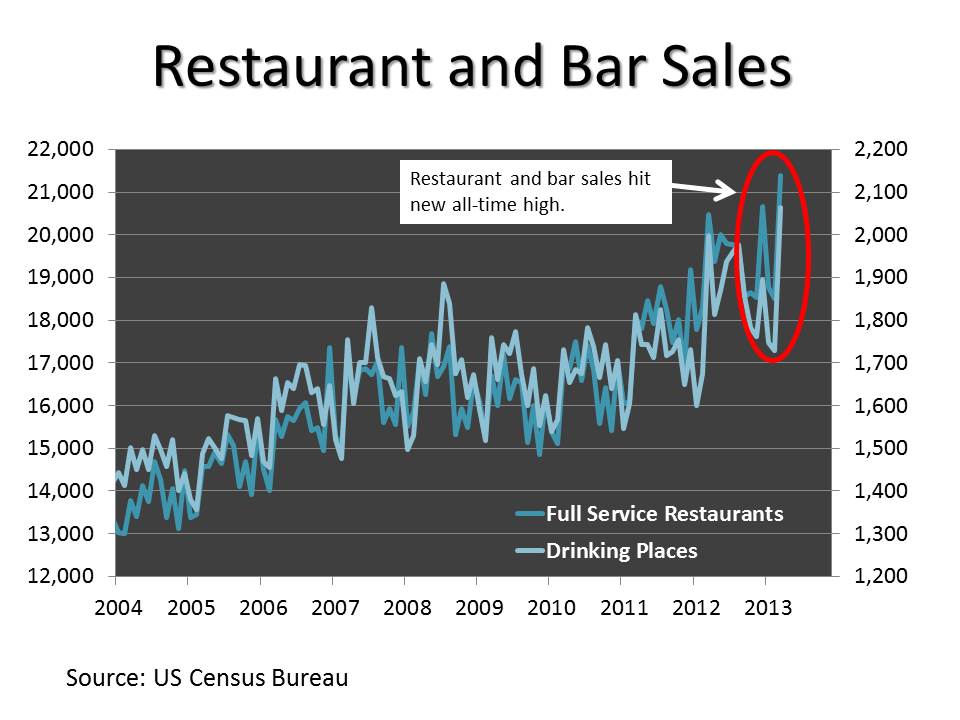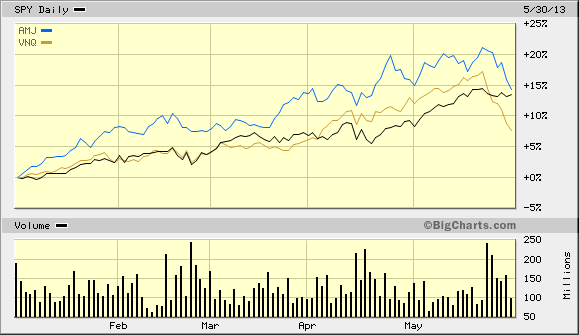The last thing we expected to write in these pages is that Australia might be on the verge of a historic real estate boom. But that’s the conclusion we saw this week from one controversial analyst, thanks in part to a dead Soviet researcher and twenty years of study.
It sounds a bit nuts. If you’ve caught the headlines lately, you’ll know the anxiety over the end of the mining boom in Australia is hitting fever pitch. Where will the growth come from? How could real estate soar from here?
The answer, according to Phillip J Anderson, lies in an unlikely place. And don’t bother looking up realestate.com.au. He says the best clue about where Australian housing is heading next is to check out the US stock market…
Why a Soviet Economist is Not Forgotten
Phil Anderson argues that the S&P 500 and the Dow Jones Industrials both hitting record highs is the key signal that the property market is turning in America. And if it’s turning there, Australia won’t be far behind. But there’s plenty more to it than that.
Phil is an economic historian and private investor. He’s traced two major cycles that he says have reliably repeated over the last two centuries. The first is US real estate. The second is the major global commodity cycle.
How these are interrelated and how you can identity where we stand right now are a key part of the presentation he gave to a select group of investors back in March.
These cycles give him clues to forming his investment strategy in real estate and stocks.
One of the more intriguing parts of Phil’s theory comes from the Soviet economist Nickolai Kondratiev. Back in the 1920’s, Kondratiev put out a theory that capitalism had 50–60 year supercycles. As part of this, he argued that commodities move in waves that see them rise in price for 30 years and then go down for 30 years.
Kondratiev got that mostly right. Commodities do move in big shifts. In his book Hot Commodities, notable investor Jim Rogers says the 20th century had three big commodity bull markets. They were 1906–1923, 1933–1953 and 1968–1982. That puts the average at about 17 years, which is less than a Kondratiev ‘wave’, but you can see the longest was twenty years.
But that’s history. What about the current global bull market we’re told is over? Rogers says it began in 1998. That’s when he started his commodity index. Interestingly, Phil Anderson called the commodity rally back before it began in the mid 90’s based on his own analysis. Very few other people did that to our knowledge.
We give Phil credit for that. It reminds us that all the people calling the end of the commodity boom are probably those who didn’t call the start either. Why should we listen to them?
Both Jim Rogers and Phil Anderson say the worldwide commodity bull market still has years to run (although for different reasons). That’s a contrarian position right now. If they’re right, that should mean a continuing bright future for Australia.
This is where real estate enters the picture again. Phil says the wealth brought in from selling our natural resources will show up in property prices because land always captures the gains in the end.
Before you call up your local agent, even Phil admits there’s a catch to the idea of the property boom, and it’s one he hasn’t nutted out completely. But we won’t steal any more of his thunder.
Check your email at 2pm today for more from Phil Anderson – and his prediction of a coming 18-year real estate cycle…and what it means for Australian commodity prices.
Aussie Dollar on the Nose
For now, we wonder what the Aussie dollar makes of it all. It’s looked crook since the Reserve Bank of Australia (RBA) cut the cash rate to 2.75%.
One reason for the big run it had to beyond parity with the US dollar was the strength of the commodity market in the last decade, which brought in huge foreign investment.
A second phase of the commodity bull could keep the Aussie dollar higher over a longer period of time than many expect. That would be a bummer for all the people who egg on the RBA to bring it down.
The idea here is to take pressure off the non-mining parts of the economy. Take this from The Age on Thursday.
‘The Reserve has little choice now but to follow up its May rate-cut with another one in June. As Professor Ross Garnaut has warned, it is urgent that it lower rates to help bring down the dollar rapidly, to give other industries the incentive to invest and expand in mining’s place.’
Devaluing the currency seems to be the bog standard response all over the world these days.
Yeah, it might work for a while. But does anyone seriously think this is a long term solution? Does a cheaper dollar make Australians better educated? Does it make the tax system more rational? Does it incentivise entrepreneurs and small business to add value to Australia’s abundant raw materials?
No. But it will screw over the savings class as interest rates get squeezed, and we’ll all now face higher prices thanks to imported inflation. Great! Oil, for example, is Australia’s third largest import.
Business and consumers will just love those higher fuel costs.
Granted, with Japan and the USA printing like madmen there is an undue pressure on Australia. But trying to devalue your way to prosperity is a losing game.
Germany has been an export powerhouse for 40 years with a hard currency. How? By innovating and building quality products, and investing in research and development.
This is one reason Money Morning editor Kris Sayce’s new tech newsletter will by necessity look not just in Australia but overseas too as he and his associate editor Sam Volkering hunt for the best Revolutionary stocks around the globe.
Thanks to poor policy here, a lot of the action is elsewhere. But that doesn’t mean Aussie investors are shut out of the action. In fact, it’s never been easier to get at it. Stay tuned.
Callum Newman.
Editor, Money Morning
Join me on Google+
PS. Don’t forget if you want to keep track of the latest things we’re reading and brief commentary on events that happen through the day, check out our Google+ page and Kris Sayce’s as well.
From the Archives…
The Day Japan and China Shook the Aussie Market
24-05-2013 – Kris Sayce
Why the Only Thing That Matters in the Markets is Japan
23-05-2013 – Murray Dawes
When Soros Buys Gold Stocks, You Better Take Note…
22-05-2013 – Dr Alex Cowie
Look for Small-Cap Resource Stocks with Plenty of Cash
21-05-2013 – Dr Alex Cowie
Why Bank Stocks have Outperformed Resource Stocks…
20-05-2013 – Kris Sayce




